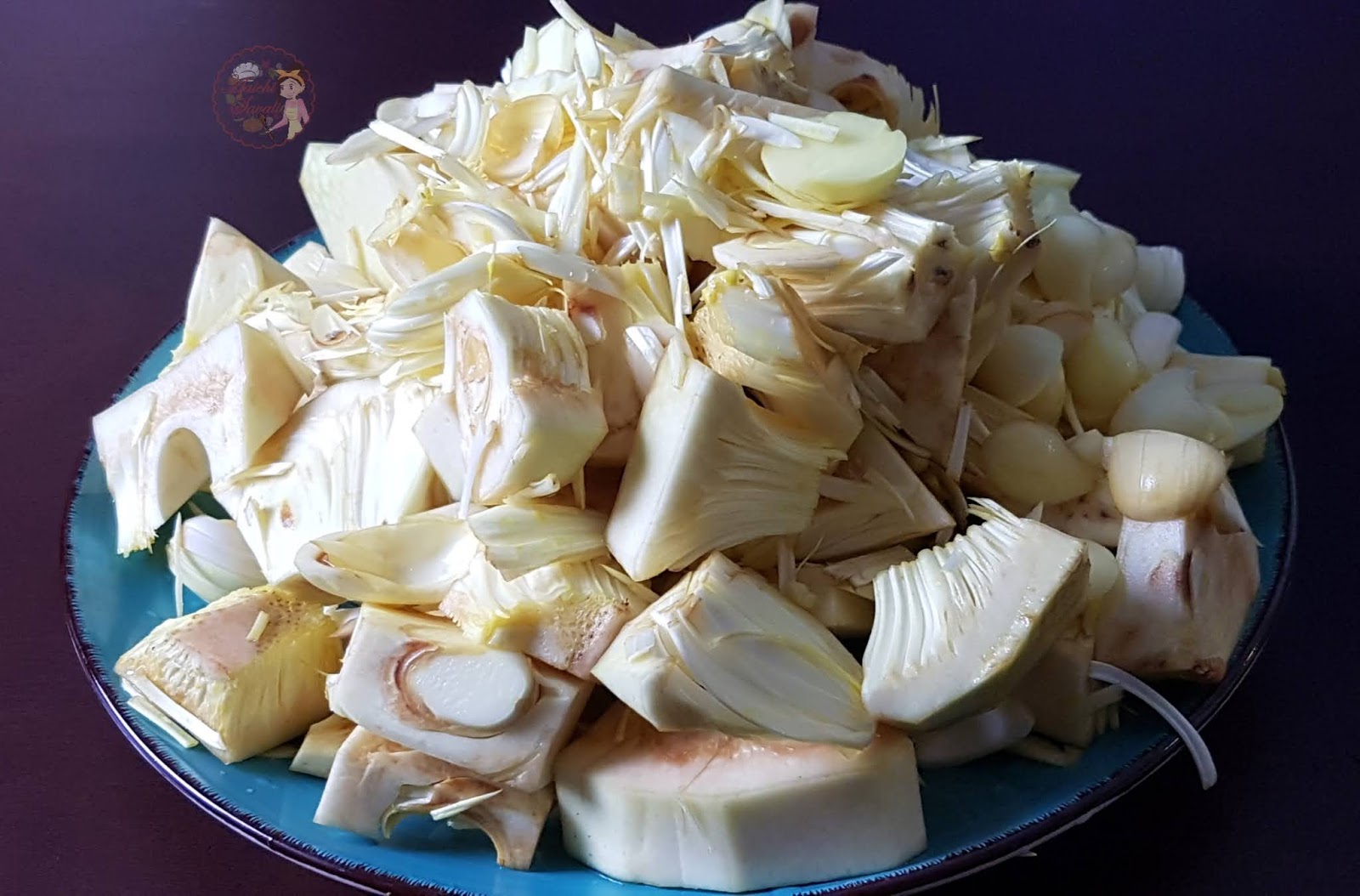

Articles
How To Store Jackfruit After Cutting
Modified: February 27, 2024
Learn how to properly store jackfruit after cutting to ensure maximum freshness and flavor. Read our informative articles on techniques and tips for preserving this delicious tropical fruit.
(Many of the links in this article redirect to a specific reviewed product. Your purchase of these products through affiliate links helps to generate commission for Storables.com, at no extra cost. Learn more)
Introduction
Jackfruit, a tropical fruit known for its sweet and exotic flavor, is a popular choice among fruit lovers. However, once you’ve cut into a jackfruit, you may find yourself with more fruit than you can consume at once. That’s when the question arises – how do you store jackfruit after cutting?
Storing jackfruit properly is essential to maintain its freshness and flavor. Whether you plan to keep it in the refrigerator or freeze it for later use, taking the right steps can ensure that you can enjoy your jackfruit for an extended period.
In this article, we will explore the reasons why you need to store jackfruit after cutting and provide helpful tips on how to do it properly.
Key Takeaways:
- Extend the shelf life of your jackfruit by storing it properly after cutting. Prevent waste, save money, and enjoy this tropical fruit year-round with simple techniques like using airtight containers and preventing oxidation.
- Keep your cut jackfruit fresh and flavorful by refrigerating or freezing it. Use airtight containers, prevent oxidation, and follow proper thawing methods to savor the exotic taste and aroma in various culinary creations.
Read more: How To Store Tomatoes After Cutting
Why You Need to Store Jackfruit After Cutting
After cutting into a jackfruit, it’s crucial to store it properly to maintain its freshness and prevent it from spoiling quickly. Here are a few reasons why storing jackfruit after cutting is essential:
- Extended Shelf Life: Jackfruit is a highly perishable fruit that tends to spoil quickly. By storing it correctly, you can extend its shelf life and enjoy it over a more extended period.
- Prevent Waste: Jackfruit is a large fruit, and once you cut into it, you may not be able to finish the entire fruit at once. Storing the leftover jackfruit allows you to avoid wasting any of the delicious fruit and make use of it later.
- Convenience: Having stored jackfruit on hand can be incredibly convenient. You can use it to add flavor and texture to various dishes, such as smoothies, salads, curries, or desserts, without the hassle of cutting a fresh fruit every time.
- Cost-effective: Jackfruit can be a relatively expensive fruit, depending on your location and seasonality. By storing it after cutting, you can take advantage of bulk purchases or discounts and save money in the long run.
- Availability Year-round: Jackfruit is not always readily available all year round in all regions. By storing cut jackfruit, you can enjoy this delightful fruit even when it’s out of season or not easily accessible in your area.
Now that you understand the importance of storing jackfruit after cutting, let’s explore the step-by-step process of doing it correctly.
Steps to Store Jackfruit After Cutting
Properly storing jackfruit after cutting is crucial to maintain its freshness and flavor. Here are the steps you can follow:
- Choose Ripe Jackfruit: Ensure that you choose ripe and mature jackfruit for cutting. Look for a fruit that is fragrant, has a yellowish color, and yields slightly to gentle pressure. This will ensure that the jackfruit is sweet and flavorful.
- Prepare the Work Surface: Before cutting into the jackfruit, cover your work surface with plastic wrap or a cutting board to catch any juice or sticky sap that may be released during the cutting process.
- Cut the Jackfruit: Use a sharp knife to cut the jackfruit vertically into halves. Next, cut each half into smaller segments, exposing the fleshy bulbs within. Remove the seeds from the bulbs, as they are not typically consumed.
- Divide into Portions: Depending on your storage needs, you can choose to divide the jackfruit into smaller portions for individual servings. Place these portions in separate containers or resealable bags.
- Choose the Right Storage Container: Select an airtight container or freezer bags that are suitable for storing food. Make sure the container or bag is clean and dry before adding the cut jackfruit.
- Place Cut Jackfruit in the Container: Place the cut jackfruit pieces into the storage container, making sure to leave some space at the top. If using freezer bags, remove any excess air before sealing them tightly.
- Label and Date: It’s essential to label the storage container or bag with the date of storage. This will help you keep track of the freshness of the jackfruit and ensure that you use it within the recommended time.
- Store in Refrigerator or Freezer: Depending on your preference, you can either store the cut jackfruit in the refrigerator or freeze it for later use. Follow the specific guidelines below for each storage option.
By following these steps, you can ensure that your cut jackfruit stays fresh and ready to use whenever you desire.
Choosing the Right Storage Container
Choosing the right storage container is important to ensure the freshness and quality of your cut jackfruit. Here are some factors to consider when selecting a storage container:
- Airtightness: Opt for containers or bags that provide an airtight seal. This helps to prevent air from entering and causing the jackfruit to oxidize and spoil quickly.
- Material: Choose containers made of food-grade materials such as glass or BPA-free plastic. These materials are safe for storing food and do not leach harmful chemicals into the jackfruit.
- Size: Consider the size of the storage container based on the quantity of cut jackfruit you have. It’s best to choose a container that allows for some space at the top to accommodate any expansion or movement of the fruit without squishing it.
- Transparency: Using transparent containers can be advantageous as they allow you to see the contents without opening the container. This helps to minimize unnecessary exposure and maintain the fruit’s freshness.
- Reusability: If possible, choose reusable containers or freezer bags. This not only reduces waste but also allows you to use the container for future storage needs.
When selecting containers or bags, ensure that they are clean and dry before adding the cut jackfruit. Avoid using containers that have strong odors or have been previously used to store pungent foods, as these odors can transfer to the jackfruit.
By choosing the right storage container, you can ensure that your cut jackfruit stays fresh, safe, and free from contamination.
How to Prevent Oxidation
Oxidation is one of the main factors that contribute to the deterioration of cut jackfruit. When exposed to air, the flesh of the fruit can quickly turn brown and lose its appealing color. To prevent oxidation and keep your cut jackfruit looking fresh, here are some effective methods:
- Lemon Juice: Squeezing fresh lemon juice over the cut jackfruit can help prevent oxidation. The natural acidity in lemon juice acts as a barrier against browning. Simply drizzle some lemon juice over the cut fruit and gently toss to coat.
- Ascorbic Acid: Ascorbic acid, also known as vitamin C, is a natural antioxidant that can inhibit oxidation. Dissolve a small amount of powdered ascorbic acid in water and use it as a dip or spray over the cut jackfruit.
- Pineapple Juice: Pineapple juice contains enzymes that can help delay browning. Dip the cut jackfruit in pineapple juice for a few seconds before storing to prevent oxidation. Make sure to drain off any excess juice before storage.
- Store in Water: Another method to prevent oxidation is to store the cut jackfruit pieces in water. Place the fruit in a container and cover it completely with water, ensuring there are no air bubbles trapped. This creates a barrier between the fruit and oxygen, slowing down the browning process.
- Use Plastic Wrap: If you’re storing small individual portions of cut jackfruit, you can wrap each piece tightly with plastic wrap, ensuring no air can access the fruit. This method helps to prevent oxidation and keep the fruit fresh for a longer time.
- Apply Olive Oil: Lightly brushing or spraying the cut surfaces of jackfruit with olive oil can prevent oxidation. The oil creates a barrier that limits oxygen exposure and helps maintain the fruit’s natural color.
When using any of these methods, it’s essential to ensure that the cut jackfruit is properly drained or blotted dry before storage. Excess moisture can promote bacterial growth and affect the fruit’s texture and flavor.
By following these techniques, you can prevent oxidation and keep your cut jackfruit looking vibrant and appetizing.
After cutting jackfruit, store the pieces in an airtight container or resealable bag in the refrigerator. To prevent browning, sprinkle with lemon juice or store in a solution of water and citric acid. Use within 3-4 days for best quality.
Read more: How To Store A Lemon After Cutting
Keeping the Jackfruit Fresh
Keeping your cut jackfruit fresh is crucial to ensure its optimal taste and texture. Here are some important tips to help you maintain the freshness of your jackfruit:
- Refrigerate promptly: After cutting the jackfruit, refrigerate it as soon as possible to slow down the ripening process and preserve freshness. Aim to refrigerate it within two hours of cutting to minimize the risk of spoilage.
- Store at the right temperature: Jackfruit should be stored in the refrigerator at a temperature between 32-41°F (0-5°C). This temperature range helps to inhibit bacterial growth and extend the jackfruit’s shelf life.
- Use airtight storage containers: Transfer the cut jackfruit into airtight containers or resealable bags to protect it from exposure to air and moisture. This helps to maintain its freshness and prevent it from absorbing odors from other foods in the refrigerator.
- Keep away from strong-smelling foods: Jackfruit has a distinctive aroma that can easily absorb odors from other strong-smelling foods in the refrigerator. Store it away from items like onions, garlic, or pungent cheeses to avoid flavor contamination.
- Handle with clean hands: When handling the cut jackfruit, make sure your hands are clean to prevent the transfer of bacteria or contaminants. Wash your hands thoroughly before touching the fruit to maintain its hygiene and freshness.
- Check regularly for spoilage: It’s important to regularly check the stored jackfruit for any signs of spoilage, such as mold, off smells, or sliminess. If you notice any of these signs, discard the fruit to avoid consuming spoiled jackfruit.
- Use within recommended time: Cut jackfruit is best consumed within 2-3 days when stored properly in the refrigerator. Beyond this timeframe, the quality and taste may start to deteriorate.
Following these guidelines ensures that your cut jackfruit stays fresh, maintaining its flavor and quality for optimal enjoyment.
Tips for Storing Jackfruit in the Refrigerator
Storing jackfruit in the refrigerator is an excellent way to keep it fresh for a few days after cutting. Here are some handy tips to ensure the best storage conditions:
- Wrap in plastic wrap: To prevent the cut jackfruit from drying out, tightly wrap the exposed sections with plastic wrap. This helps to retain moisture and maintain the fruit’s juiciness.
- Use airtight containers: Transfer the wrapped jackfruit into airtight containers or resealable bags, eliminating any excess air. This prevents the loss of moisture and minimizes the risk of contamination from other foods in the refrigerator.
- Keep away from ethylene-producing fruits: Ethylene is a natural gas emitted by certain fruits, such as bananas and apples, which accelerates the ripening process. Keep your cut jackfruit away from these ethylene-producing fruits to prevent premature spoilage.
- Position in the refrigerator: Place the containers or bags of cut jackfruit in the least cold part of the refrigerator, typically in the main compartment. Avoid storing them near the back or bottom of the refrigerator, as these areas are prone to temperature fluctuations.
- Label and date: It’s always helpful to label the storage containers or bags with the date of storage. This allows you to keep track of the timeline and ensures that you consume the jackfruit within the recommended time.
- Do not stack: Avoid stacking multiple containers or bags on top of each other, as it may lead to compression and squashing of the fruit. Maintain a single layer of storage to preserve the integrity of the cut jackfruit.
- Don’t wash before storing: It’s best to refrain from washing the cut jackfruit before storing it in the refrigerator. Excess moisture can accelerate spoilage, so it’s advisable to wash the fruit just before consumption.
By following these tips, you can maximize the shelf life of your cut jackfruit in the refrigerator and ensure that it remains fresh, juicy, and ready to enjoy.
Tips for Freezing Jackfruit Pieces
Freezing jackfruit is an excellent option if you have a surplus or want to store it for an extended period. Here are some useful tips to ensure successful freezing of jackfruit pieces:
- Select ripe jackfruit: Choose ripe and sweet jackfruit for freezing. The flavor and texture of the fruit are best when it is fully ripe.
- Cut into desired sizes: Cut the jackfruit into small, manageable pieces that suit your future needs. You can cut them into chunks, slices, or even dice them, depending on the intended use.
- Remove seeds: Take out the large seeds from the jackfruit pieces as they are not typically consumed. This allows for easier handling and provides more space in the storage container.
- Blanching (optional): Blanching the jackfruit pieces before freezing can help preserve their color, texture, and flavor. Bring a pot of water to a boil and briefly blanch the jackfruit pieces for about 1-2 minutes. Transfer them to an ice bath to cool quickly before freezing.
- Use freezer-safe containers or bags: Place the jackfruit pieces in freezer-safe containers or resealable freezer bags. Ensure that the containers or bags are airtight and suitable for prolonged freezing.
- Remove excess air: If using freezer bags, remove as much air as possible before sealing them tightly. This helps to prevent freezer burn and maintain the texture of the frozen jackfruit.
- Label and date: Don’t forget to label the containers or bags with the date of freezing. This way, you can keep track of the storage time and prioritize older jackfruit for consumption first.
- Store in the freezer: Place the jackfruit containers or bags in the coldest part of the freezer, ideally in the back. This helps to maintain a consistent freezing temperature and prevents frequent temperature fluctuations.
- Keep separate from strong-smelling foods: Store the frozen jackfruit away from strong-smelling foods in the freezer to prevent flavor transfer and ensure the best quality.
By following these tips, you can freeze jackfruit pieces successfully and enjoy them at your convenience, even long after their natural season.
Properly Thawing Frozen Jackfruit
When you’re ready to enjoy the frozen jackfruit, it’s essential to thaw it properly to maintain its texture and flavor. Here are some guidelines for properly thawing frozen jackfruit:
- Transfer to the refrigerator: The best way to thaw frozen jackfruit is to transfer it from the freezer to the refrigerator. Place the container or bag of frozen jackfruit in the refrigerator and let it thaw slowly overnight or for several hours.
- Plan ahead: Thawing frozen jackfruit in the refrigerator requires some planning ahead of time. Make sure to take the jackfruit out of the freezer and place it in the refrigerator well in advance of when you intend to use it.
- Keep it in its container or bag: While thawing, it’s best to keep the jackfruit in its original container or bag to prevent excessive moisture loss. This helps maintain the fruit’s texture and prevents it from becoming mushy.
- Do not refreeze after thawing: Once the jackfruit is fully thawed, it is not advisable to refreeze it. The texture and quality can be compromised, and refreezing can lead to a loss of flavor and juiciness.
- Use thawed jackfruit promptly: Aim to use the thawed jackfruit within 2-3 days. While it is safe to consume for a longer period if stored properly in the refrigerator, the quality and taste may start to decline beyond this timeframe.
- Consider using directly in recipes: Thawed jackfruit is versatile and can be used directly in recipes without additional cooking or heating. Its soft and tender texture makes it an excellent ingredient for smoothies, desserts, stir-fries, or salads.
Thawing the jackfruit in the refrigerator allows it to thaw gradually and preserves its taste and texture. However, if you’re in a hurry, you can use the defrost setting on your microwave with caution. Keep a close eye on the jackfruit to prevent overheating or cooking.
By following these thawing guidelines, you can enjoy the flavorsome and tender jackfruit that’s been frozen and preserve its quality for the best culinary experience.
Read more: How To Store Ginger After Cutting
Conclusion
Storing jackfruit properly after cutting is essential to preserve its freshness, flavor, and nutritional value. Whether you choose to store it in the refrigerator or freeze it for later use, following the right steps and techniques is crucial.
By storing cut jackfruit, you can extend its shelf life, prevent waste, and enjoy the exotic fruit at your convenience. Proper storage also allows you to take advantage of seasonal availability, save money, and have jackfruit on hand for various culinary creations.
Remember to choose ripe jackfruit for cutting and prepare a clean work surface before starting the process. Use airtight containers or freezer bags to store the cut jackfruit properly. Keep in mind that preventing oxidation is important to maintain the fruit’s appeal, and there are various methods, such as using lemon juice, ascorbic acid, or storing it in water, that can help with this.
If storing in the refrigerator, wrap the jackfruit in plastic wrap, use airtight containers, and place it in the coldest part of the refrigerator. For freezing, cut the jackfruit into pieces, remove the seeds, and use freezer-safe containers or bags. When it’s time to enjoy the frozen jackfruit, thaw it slowly in the refrigerator for the best results.
By following these guidelines and tips, you can ensure that your stored jackfruit remains fresh, flavorful, and ready to enjoy in a variety of dishes. Remember to label and date your storage containers or bags to keep track of their freshness.
Whether you’re using jackfruit in a smoothie, salad, curry, or dessert, proper storage ensures that you can savor the delicious taste and enticing aroma of this tropical fruit for an extended period.
So go ahead, indulge in the delightful flavor of jackfruit by storing it correctly and keeping it fresh for every culinary adventure!
Frequently Asked Questions about How To Store Jackfruit After Cutting
Was this page helpful?
At Storables.com, we guarantee accurate and reliable information. Our content, validated by Expert Board Contributors, is crafted following stringent Editorial Policies. We're committed to providing you with well-researched, expert-backed insights for all your informational needs.
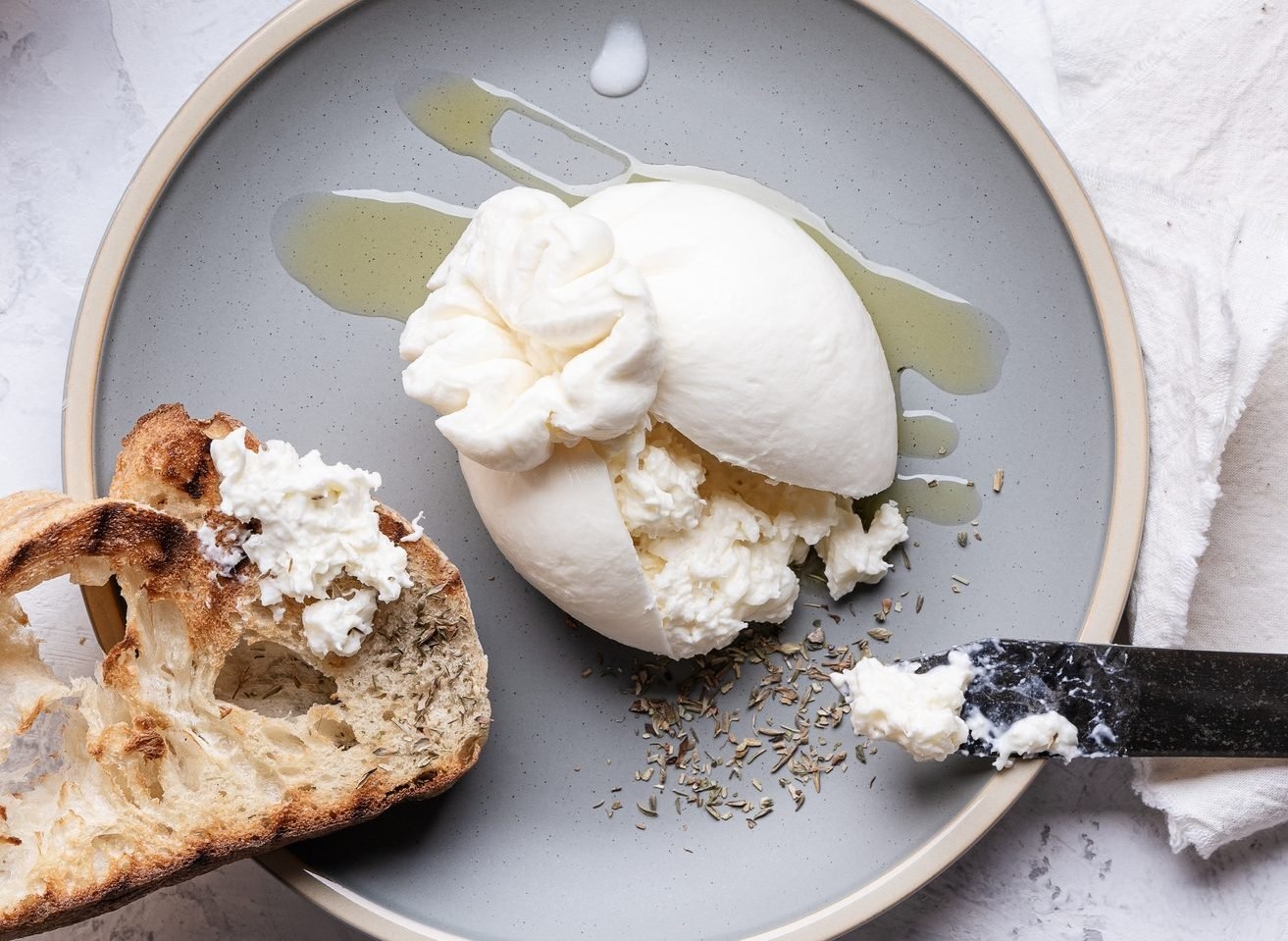
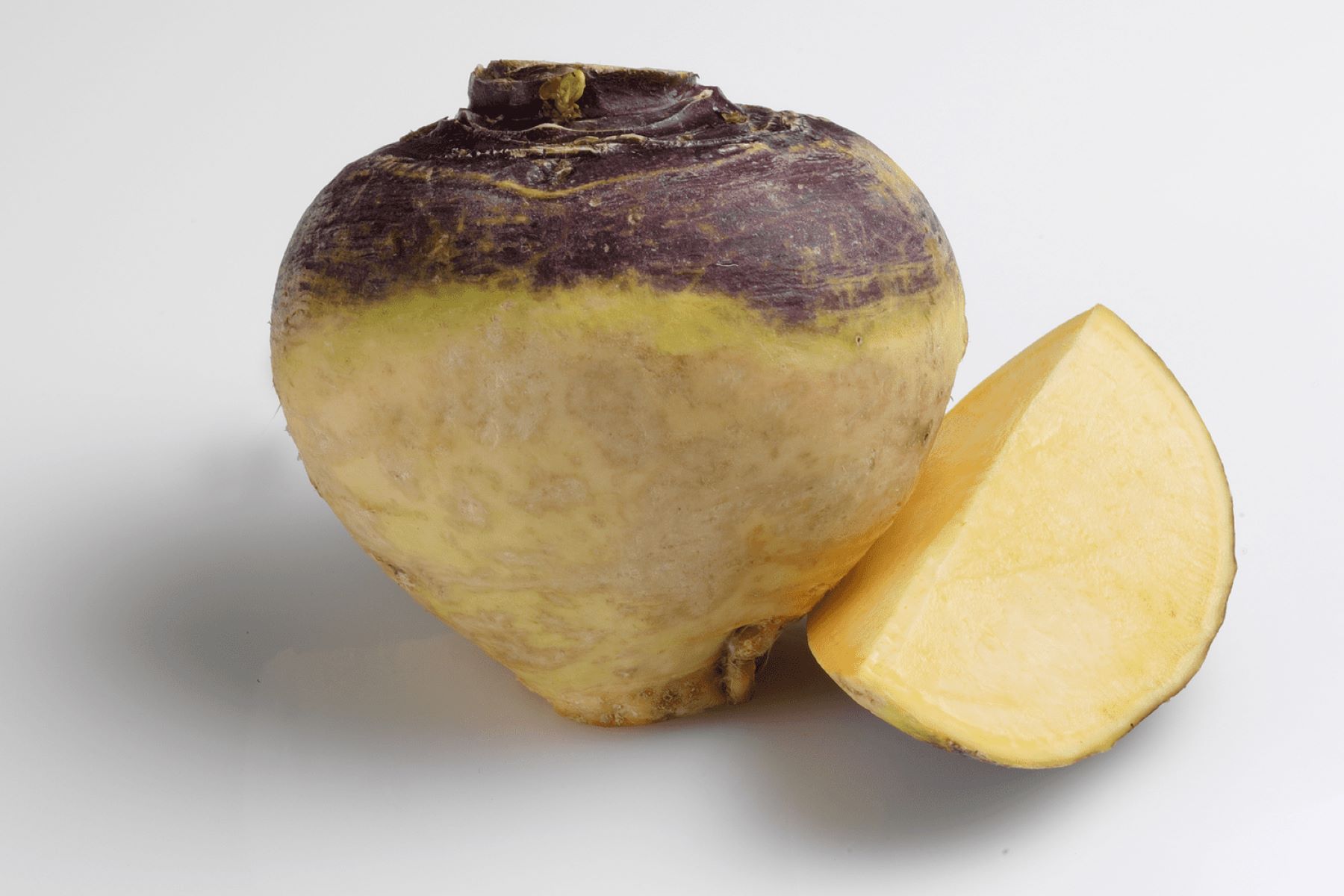
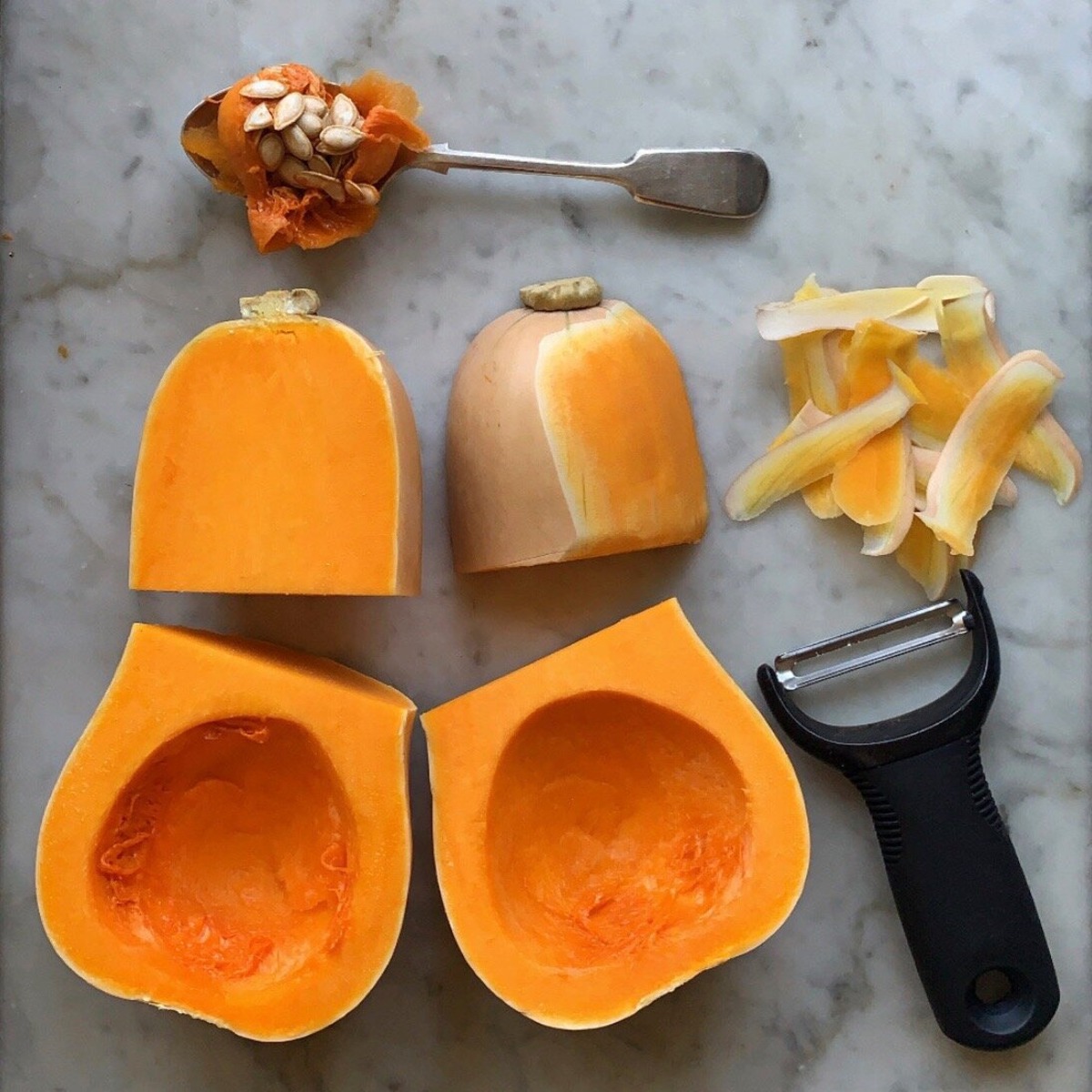
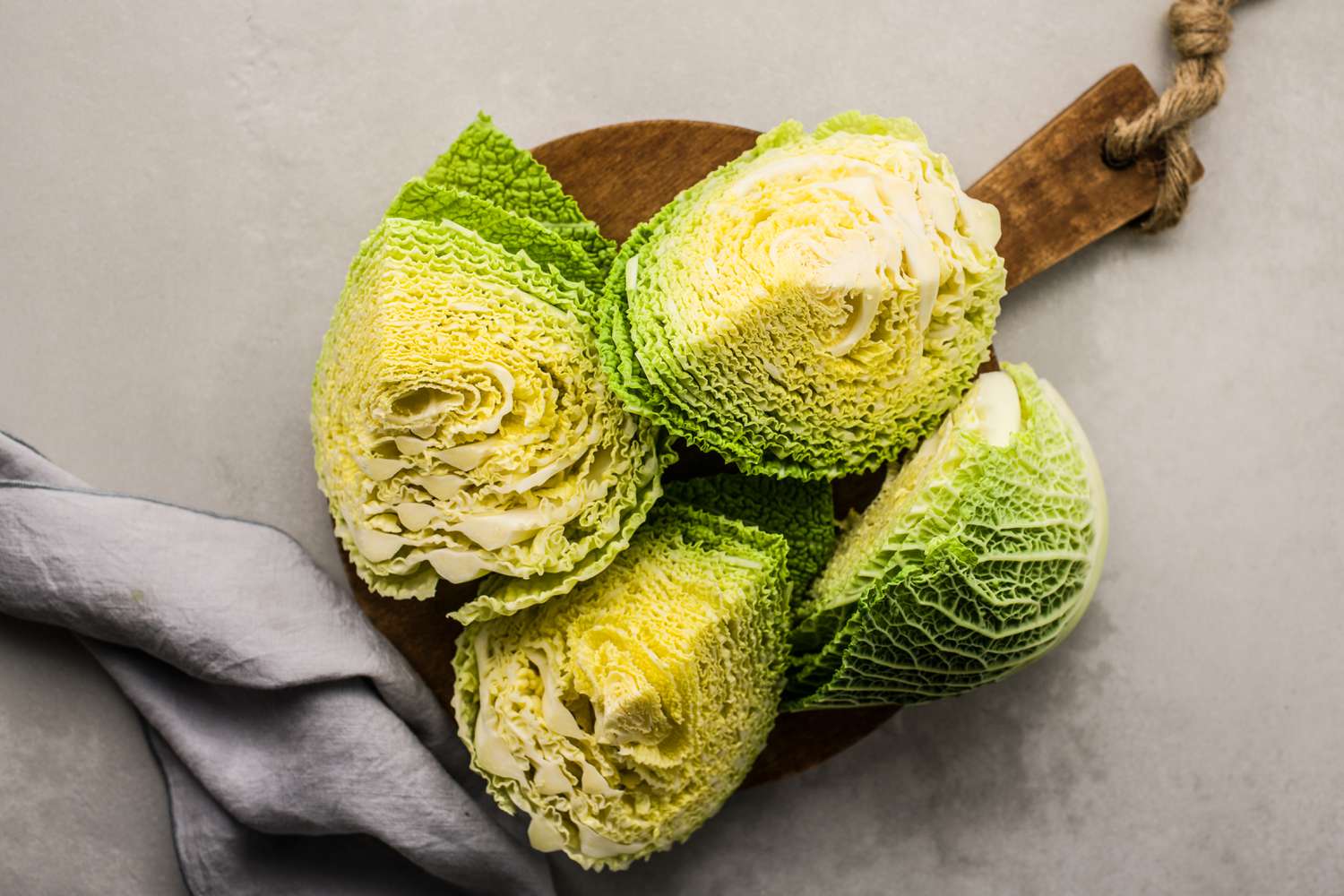
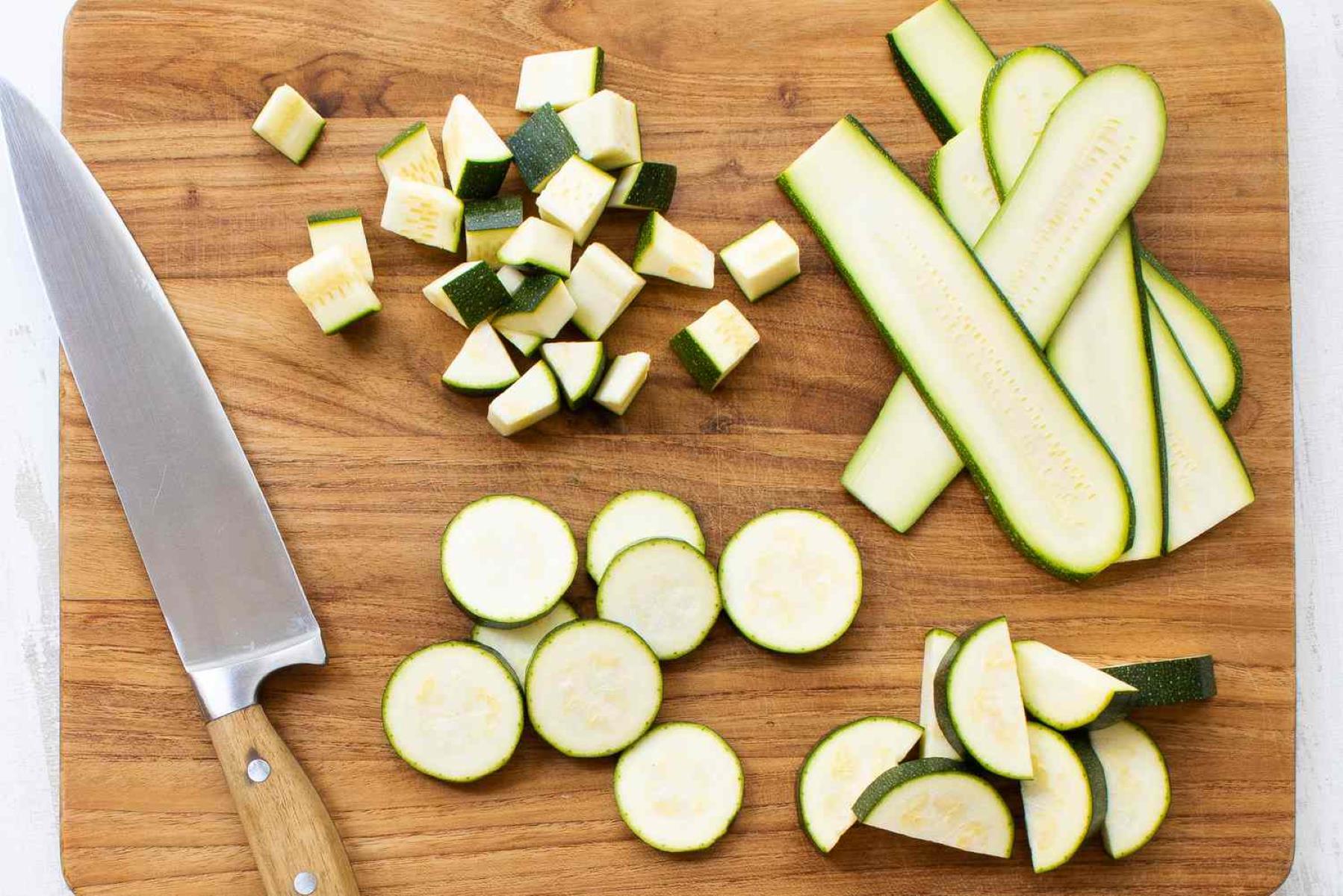
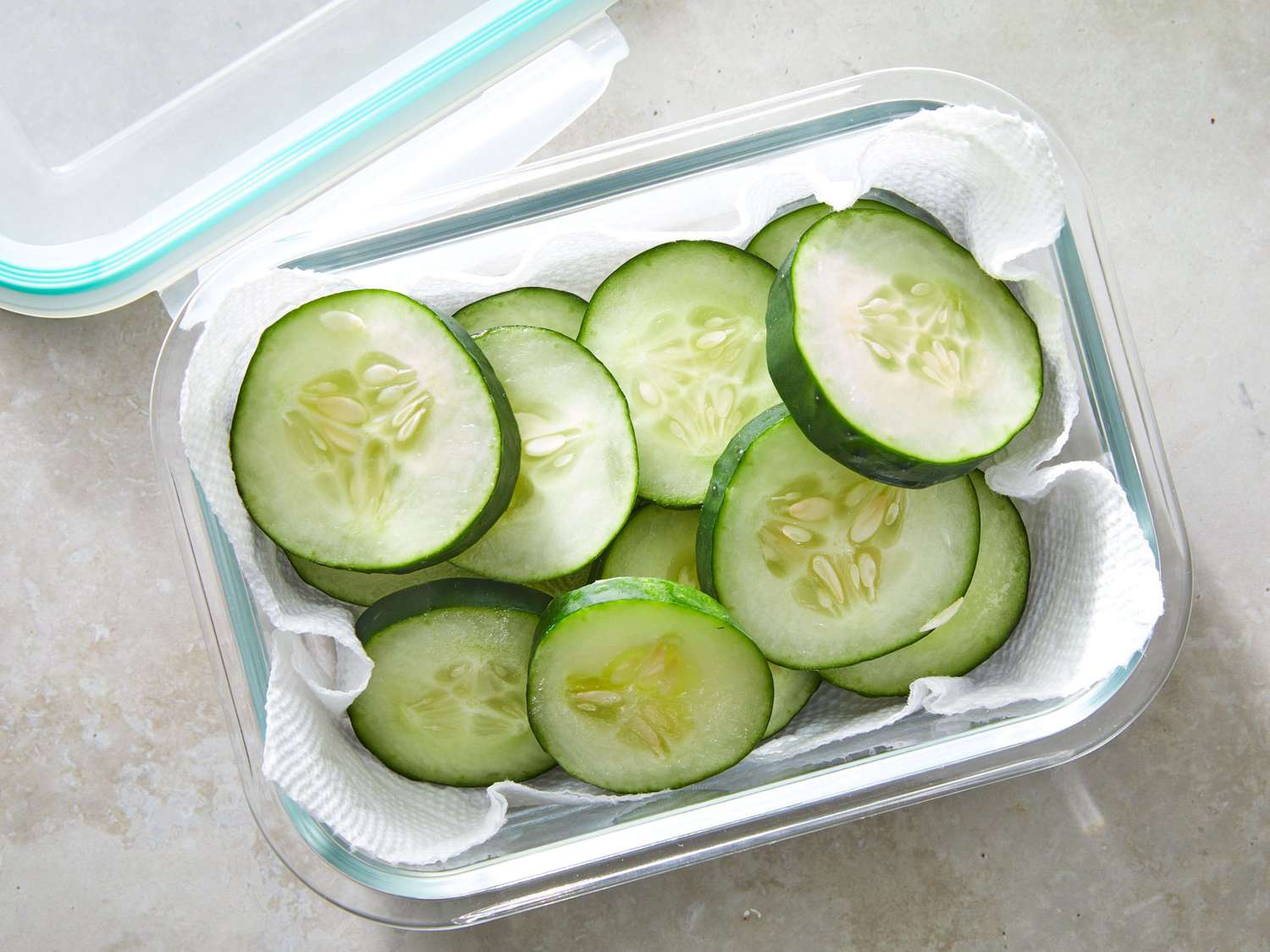
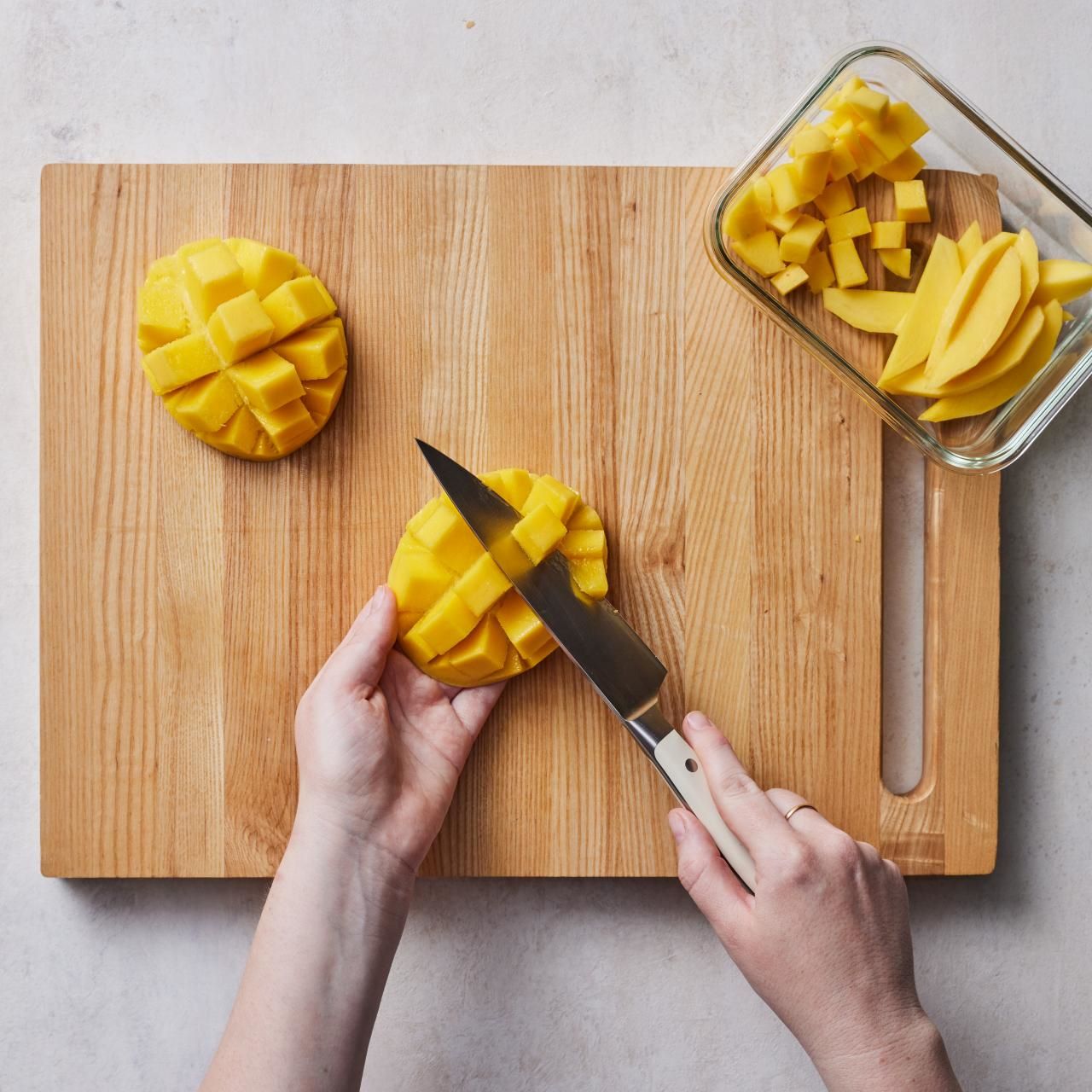
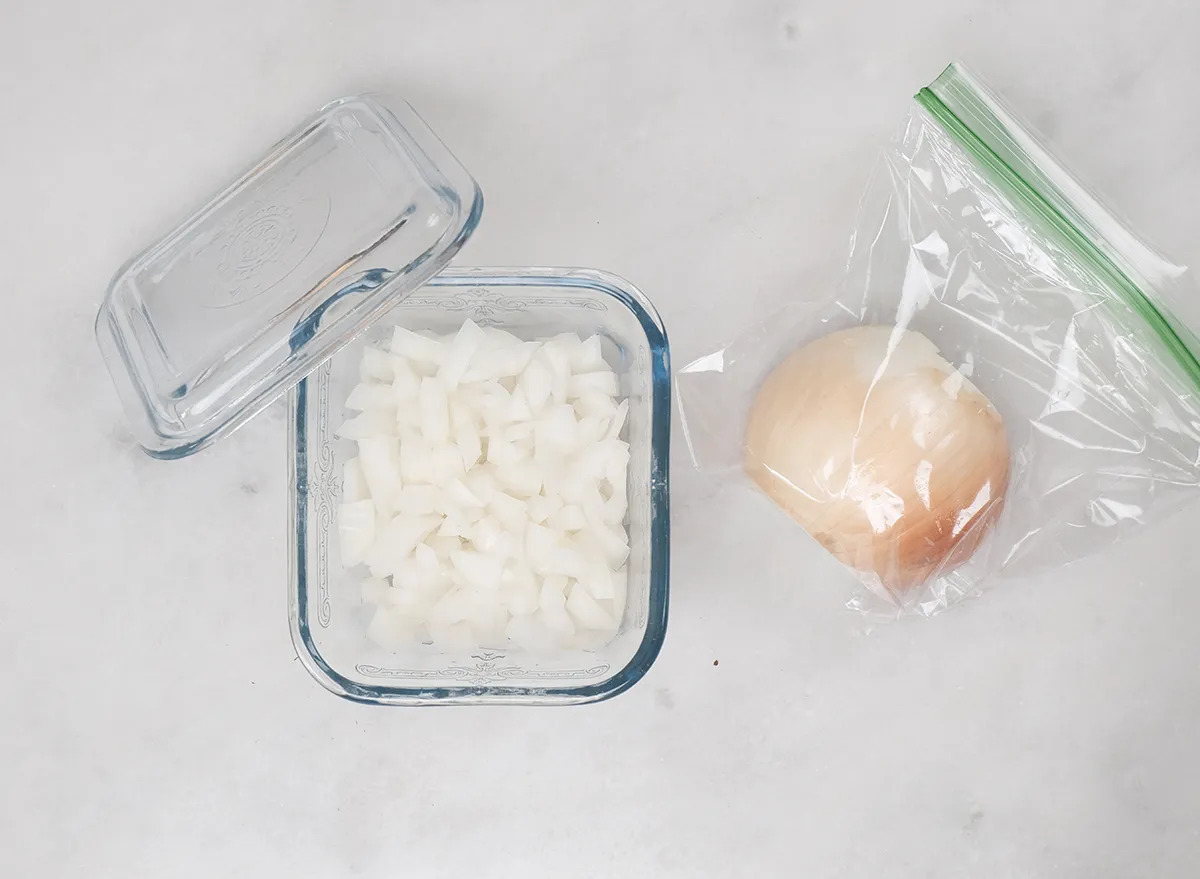
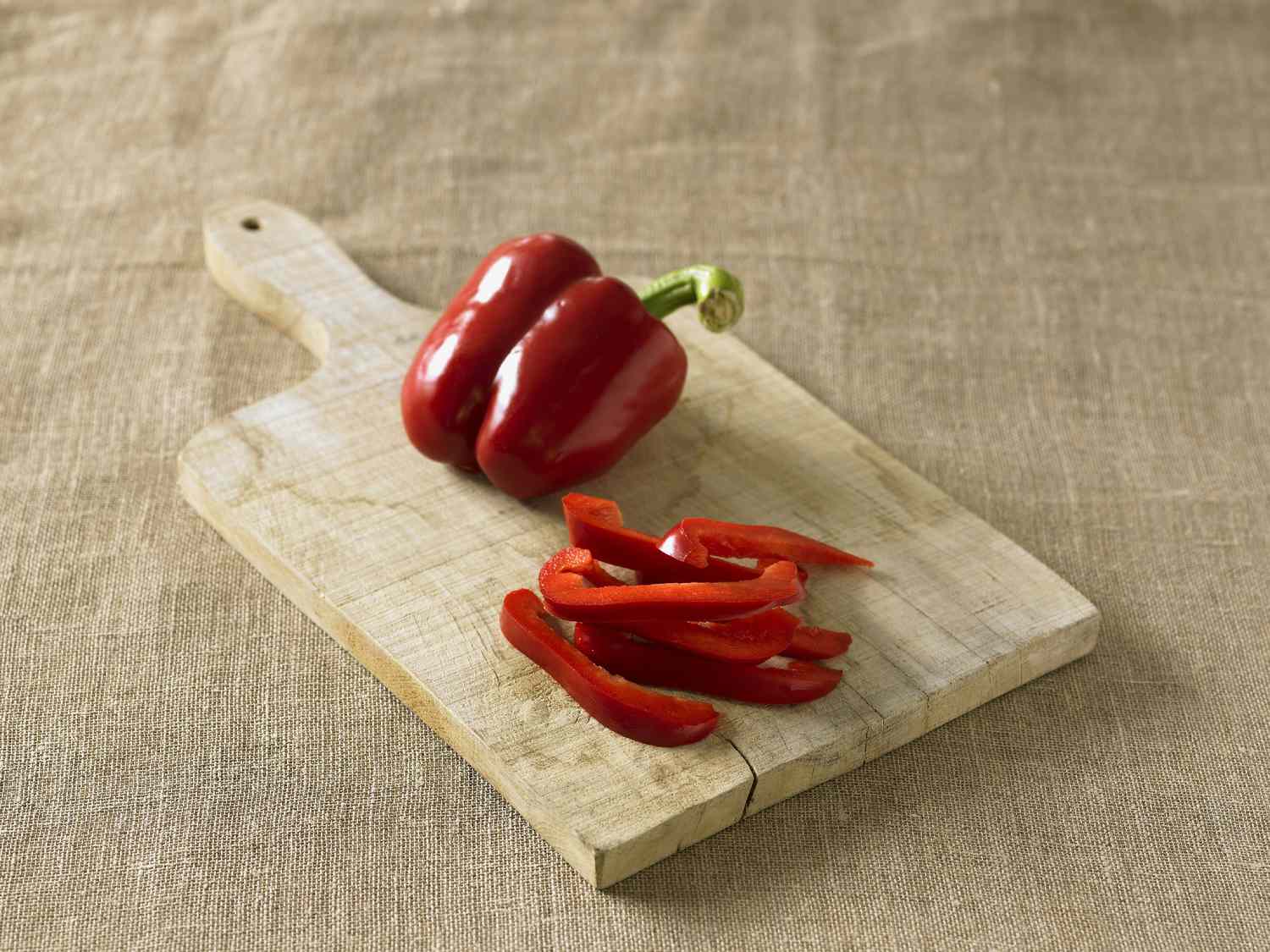
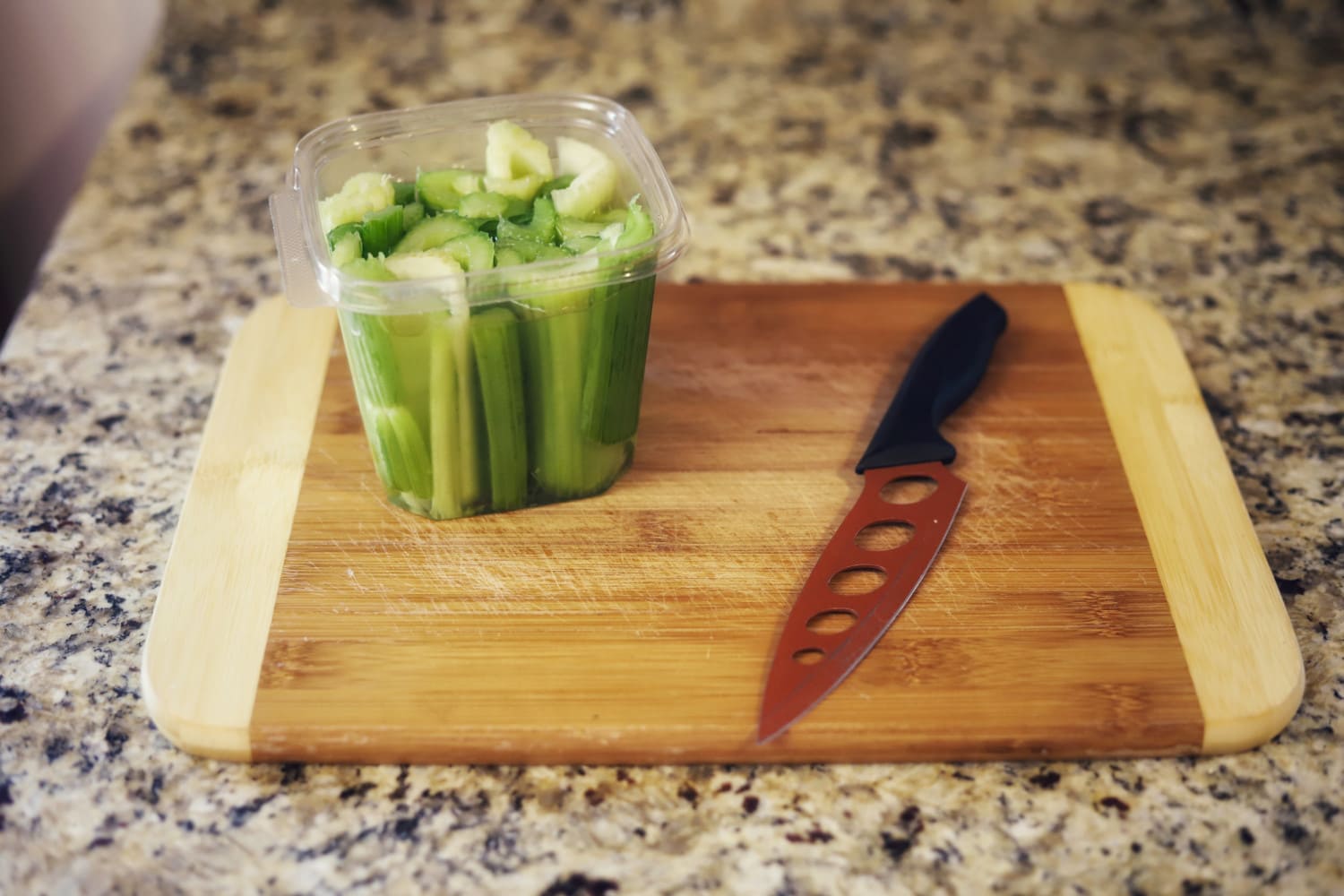
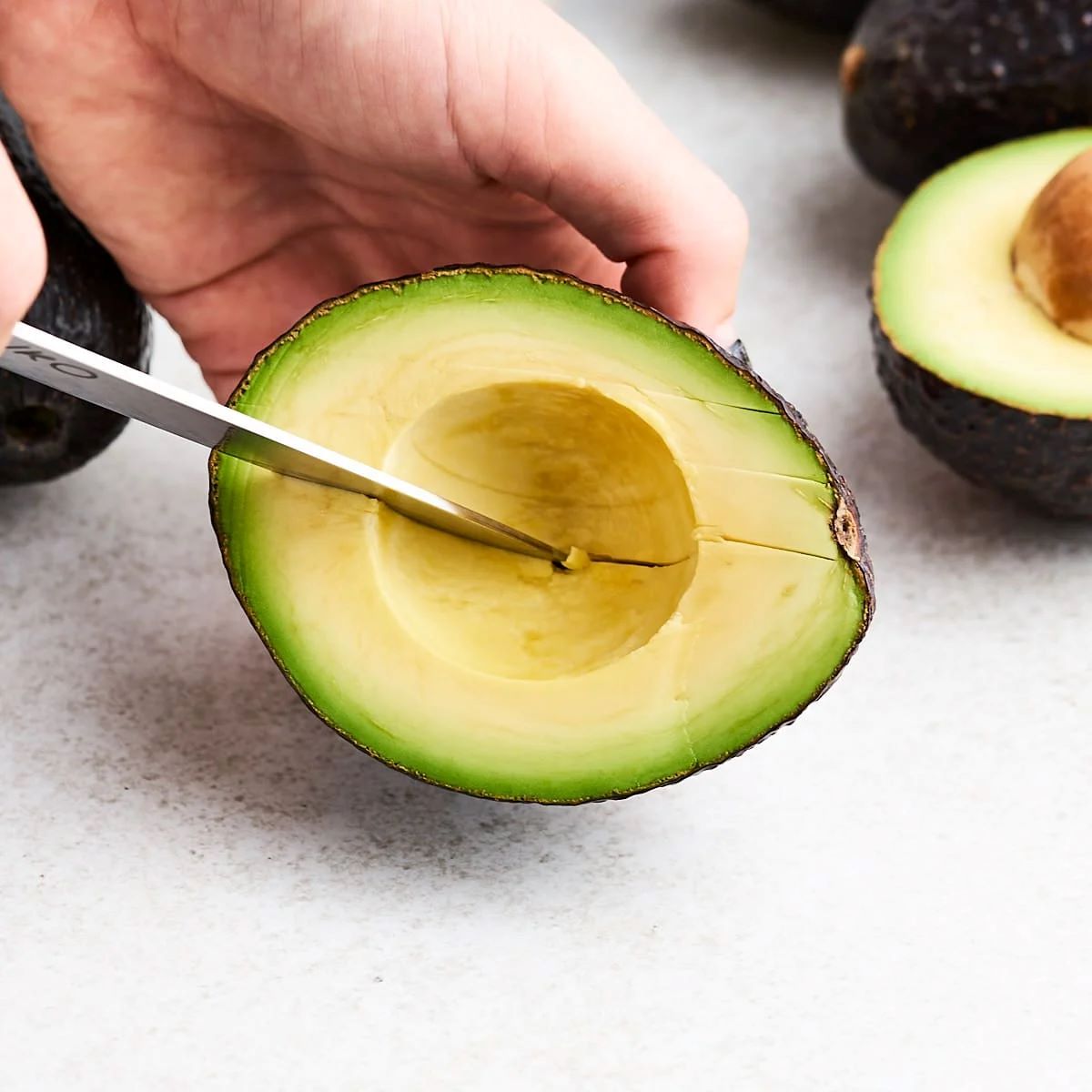
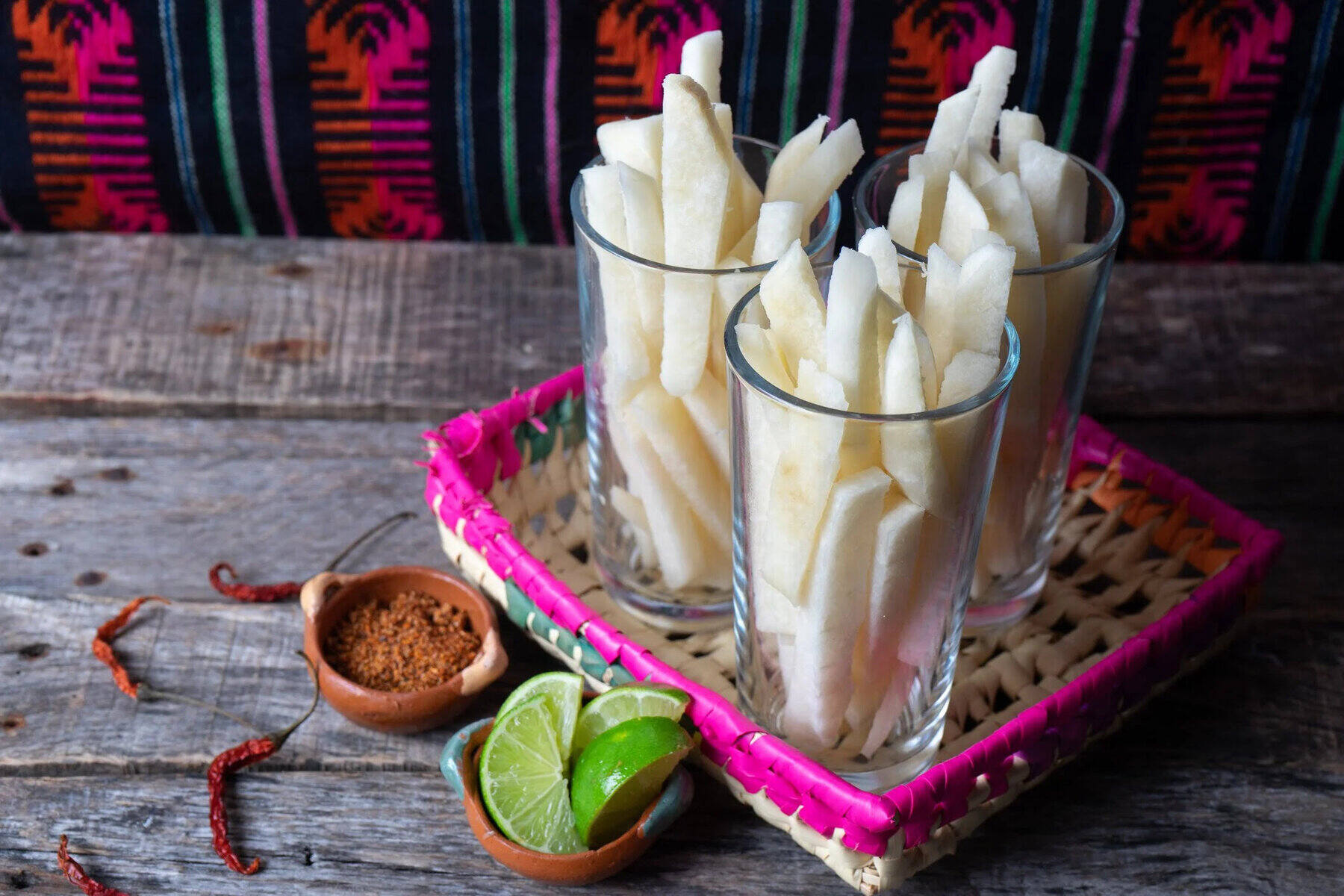
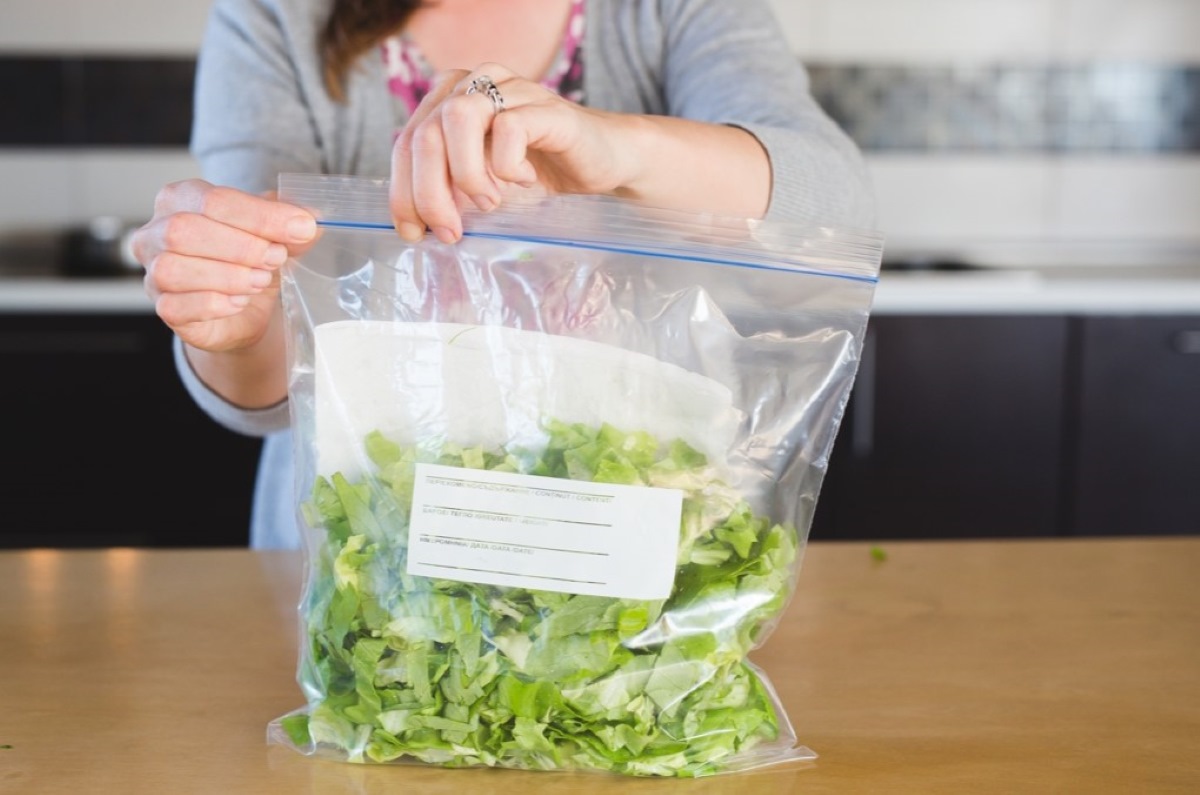

0 thoughts on “How To Store Jackfruit After Cutting”